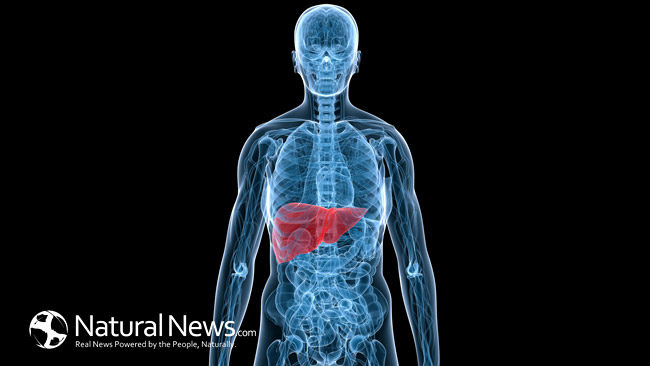Scarring of the liver is called cirrhosis and it can be caused by a few conditions. Whenever the liver is injured, it tries to repair itself. This could be from alcohol or an infection and to heal itself, the liver forms scar tissue. When conditions get worse and worse, the liver makes more and more scar tissue. All this scarring makes it difficult for the liver to perform its job. The damage can’t be reversed, but it can be prevented from the onset.
Causes of liver cirrhosis can be viral hepatitis (B, C, and D), hemochromatosis (buildup of iron in the body), long-term alcohol abuse, autoimmune hepatitis, or non-alcoholic fatty liver disease. Other causes can be from certain medications, Alagille (genetic digestive disorder), cystic fibrosis, Wilson’s disease (cooper accumulates in the liver), or certain infections (syphilis or brucellosis). Higher risk factors include drinking too much alcohol ongoing, having a type of viral hepatitis, and/or obesity due to the possibility of having fatty liver disease and nonalcoholic steatohepatitis.
Unfortunately, symptoms don’t necessarily appear until the damage is severe. Possible side effects can consist of itchy skin, weight loss, nausea, jaundice (yellowing of the eyes and skin), spiderlike veins appearing on the skin, swelling in the feet and ankles, confusion, absence/loss of periods for women, and for men it can be loss of sex drive.
Depending on the severity, life expectancy with liver cirrhosis is anywhere between 2 to 12 years. This is because the liver is the second largest organ in the body, so it is vital for our health. There are two stages which are compensated cirrhosis and decompensated cirrhosis. With compensated cirrhosis, the person might not show symptoms for years. They may live 9 to 12 years with this condition. Decompensated cirrhosis is more serious because of the complications and symptoms. Life expectancy might be 2 years. Scoring for liver cirrhosis is done by the Child-Turcotte- Pugh (CTP) scale. It is based on symptoms and then divided into classes: Class A (5-6 points), Class B (7 to 9 points), and Class C (10 to 15 points). The higher the score, the less life expectancy. Medical professionals then use the Model for End-Stage Liver Disease (MELD) to estimate life expectancy. It is a chart that combines measures of creatinine (kidney damaging), INR, and bilirubin. INR and bilirubin measure living functioning.
Following a healthy diet with exercise is always a preventative measure. Grapefruit, berries, fatty fish, olive oil, nuts, and beet juice are all healthy liver foods. Practicing safe sex, avoiding smoking and alcohol, and having regular physical exams are all important actions to take for not only your overall health, but to allow the liver to do what it needs to do for us. We need our liver for detoxifying, getting rid of red blood cells, storing bile, regulating blood levels, metabolizing proteins, and to make bile. Since cirrhosis is irreversible, do what you can control for your health and give your body the environment it needs to do that for you.
Evidence-based clinical practice guidelines for Liver Cirrhosis 2020 – PMC (nih.gov)
The Etiology, Diagnosis and Prevention of Liver Cirrhosis – PMC (nih.gov)
What Is Cirrhosis? | Rheumatology | JAMA | JAMA NetworkThe assessment and management of pain in cirrhosis – PMC (nih.gov)
The assessment and management of pain in cirrhosis – PMC (nih.gov)








